We take a closer look at Federal’s new 7mm Backcountry cartridge, the fastest 7mm on the planet.
Federal’s introduction of the 7mm Backcountry rifle cartridge is the most important advancement we’ve seen with metallic cartridges in more than a century. This is partly because the cartridge has a lot to offer hunters, but it’s mostly because of the new technology behind it.
Federal invited me to a soiree they hosted to introduce this cartridge, and that’s where I first got to see it in action and shoot it. Since then, I’ve been working with the 7mm Backcountry cartridge in a new prototype rifle outfitted with a Silencer Central Banish 30 suppressor on my home range.
Based on what I’ve seen so far, this cartridge—and the associated technology that comes with it—is going to revolutionize the world of metallic cartridges.
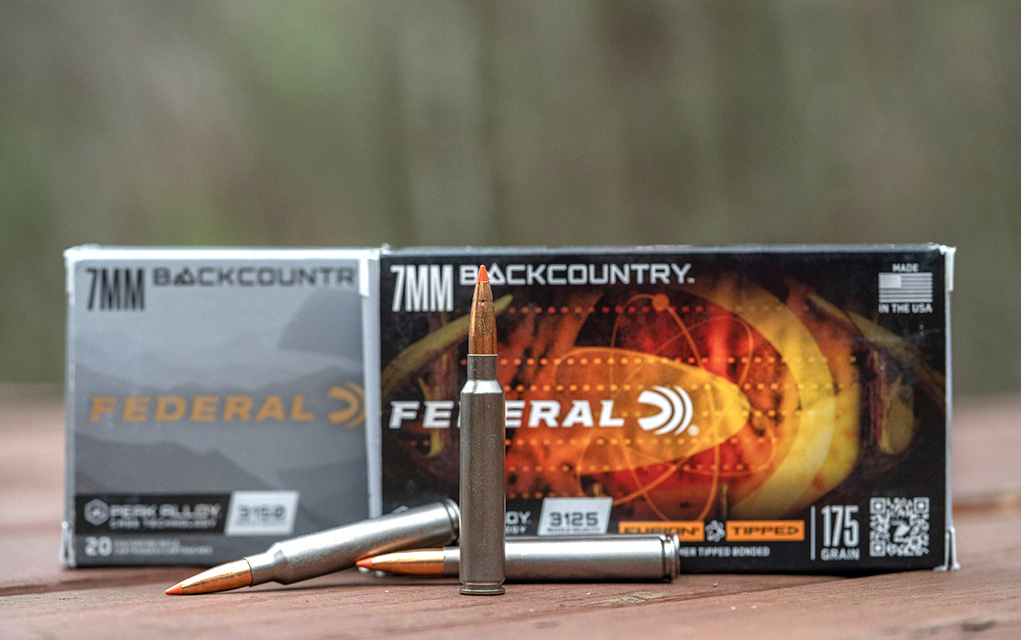
The History and the Concept
Kevin Brittingham, the current owner of Q Firearms, designed the .300 Blackout cartridge and Remington introduced it in 2009/2010. The .300 Blackout was the first commercial cartridge specifically intended for subsonic application, and before it came along, suppressors were mostly a novelty. The .300 Blackout changed all that and is mostly to credit for the current popularity of suppressors, which could very well be the fastest-growing segment of the firearms industry.
With the coast-to-coast acceptance of suppressors, hunters started appreciating the reduced recoil and muffled sound they offered. However, up until just the past few years, most new hunting rifles came with long barrels that weren’t very suppressor friendly.
Now, centerfire hunting rifles with barrels as short as 16 inches are common. In fact, the Fix rifle from Q firearms is a hunting rifle that was purpose built with a short barrel to be more suppressor friendly. This rising interest in suppressed hunting is to some extent what prompted Federal to seek out new technology so they could offer the best performing suppressor friendly/short-barrel centerfire rifle cartridge for big-game hunting.
The Technology
A century ago, Winchester introduced the .270 Winchester, and many continue to herald it as one of the best big-game hunting cartridges. But that didn’t stop efforts to improve it. At first, the ballistic improvements came with larger cases that held more gunpowder. It’s how we ended up with the 7mm Remington Magnum.
But it didn’t take long for ballistic engineers to reach a limit in how much gunpowder they could put in a cartridge case that would fit in a sporting rifle, and how much recoil a hunter could comfortably tolerate.
In 2014, Hornady introduced the 6.5 Creedmoor with a fast 1:8 twist barrel. The Creedmoor did not shoot faster than the 270 Winchester, but with its fast twist it could stabilize longer and heavier bullets with higher ballistic coefficients. Inside 300 to 400 yards, the Creedmoor offered no advantage, but as the distance increased the benefits of the higher BC bullets paid off.
Hornady expanded on this success in the same way we tried to improve the .270; they introduced the 6.5, 7mm and 300 PRC cartridges—also with fast-twist barrels—that held more gunpowder.
But, just as before, cartridge case size and recoil tolerance limited the ballistic improvement that was possible.
Federal Ammunition took a different approach. They wanted to create a long-range hunting cartridge that would outperform our current magnums, without being as large as a cigar … or with a substantial increase in recoil. They also wanted the cartridge to do this out of a shorter barrel to be more suppressor friendly. Federal took a brave approach and abandoned the brass cartridge case altogether, because with a maximum chamber pressure threshold of about 65,000 psi, the brass case was the limiting component.
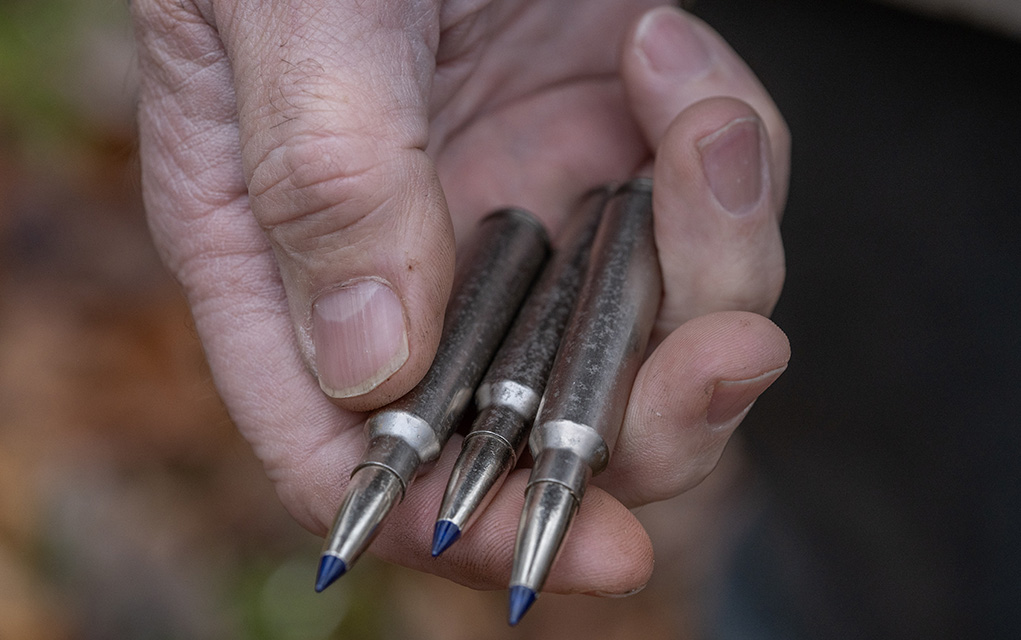

For the 7mm Backcountry, Federal went with the new Peak Alloy plated steel case—created in response to a military request—because it could manage pressures as high as 80,000 psi. That’s a substantial increase over what a brass cartridge case can tolerate.
With all that pressure to work with, Federal didn’t need a large capacity case because they could use faster burning powders. So, they settled on a case with the same rim diameter as the .270 Winchester, and with external dimensions very similar to the .280 Ackley Improved. This gave them a 7mm rifle cartridge that works in standard rifle actions, and unlike other conventional steel-cased ammunition, the Peak Alloy cases can be reloaded. It’s also capable of pushing a 175-grain bullet to 3,000 fps from a suppressor-friendly, 20-inch barrel. Add in a high BC bullet and a fast 1:8 twist, and you have something very special.
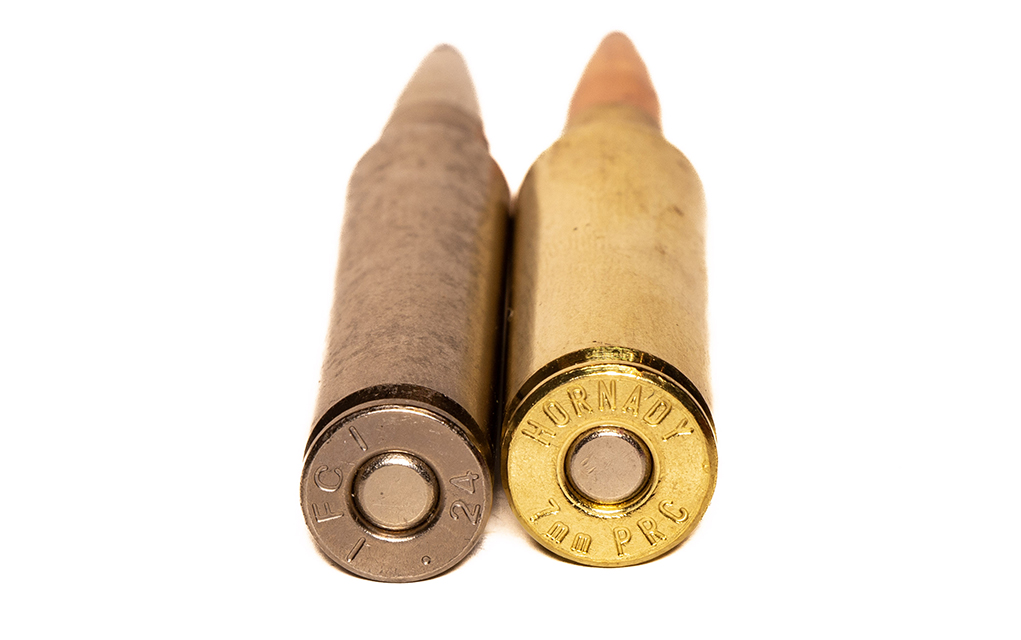

Comparing Apples
How does this new cartridge stack up to the best of what’s currently out there? Most will agree that the 7mm PRC is one of the finest long-range hunting cartridges. Hornady advertises that it will launch a 175-grain ELD-X bullet with a G1 BC of 0.689 at 3,000 fps from a 24-inch barrel. It will take that bullet about 1.3 seconds to reach 1,000 yards, and if you zero the rifle at 100 yards, the bullet will drop 243 inches at that distance.
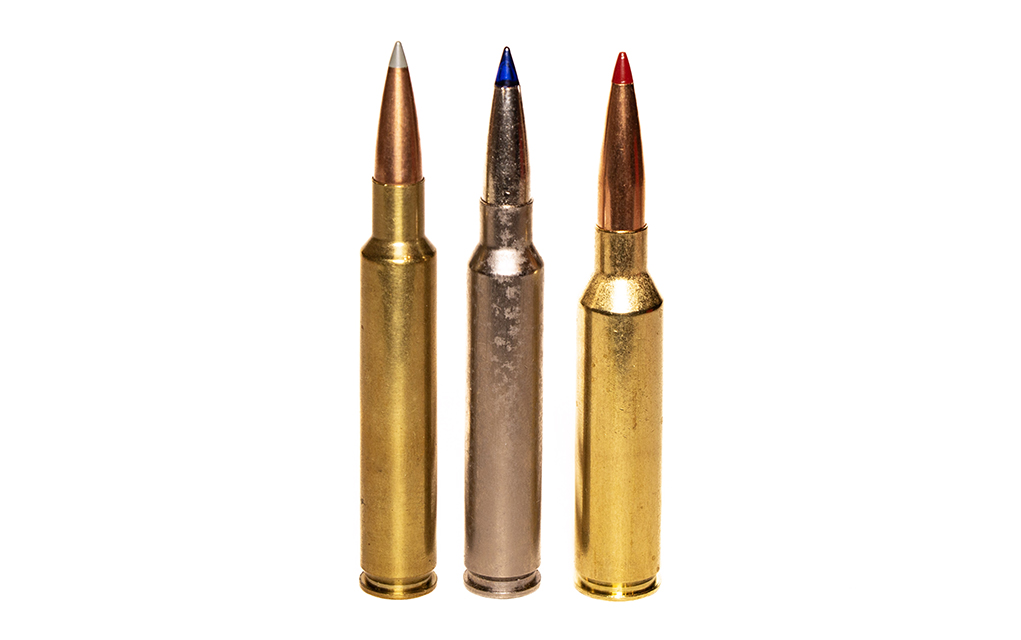

The 7mm Backcountry will launch a 170-grain Terminal Ascent bullet with a G1 BC of 0.645 at 3,150 fps from a 24-inch barrel. It will arrive at 1,000 yards in only 1.26 seconds, and the bullet drop at that distance is only 224 inches. But Federal designed this cartridge to work with shorter barrels and be more suppressor friendly. Out of a 20-inch barrel, this 170-grain bullet has almost the same velocity as the 175-grain 7mm PRC Hornady load does from a 24-inch barrel.
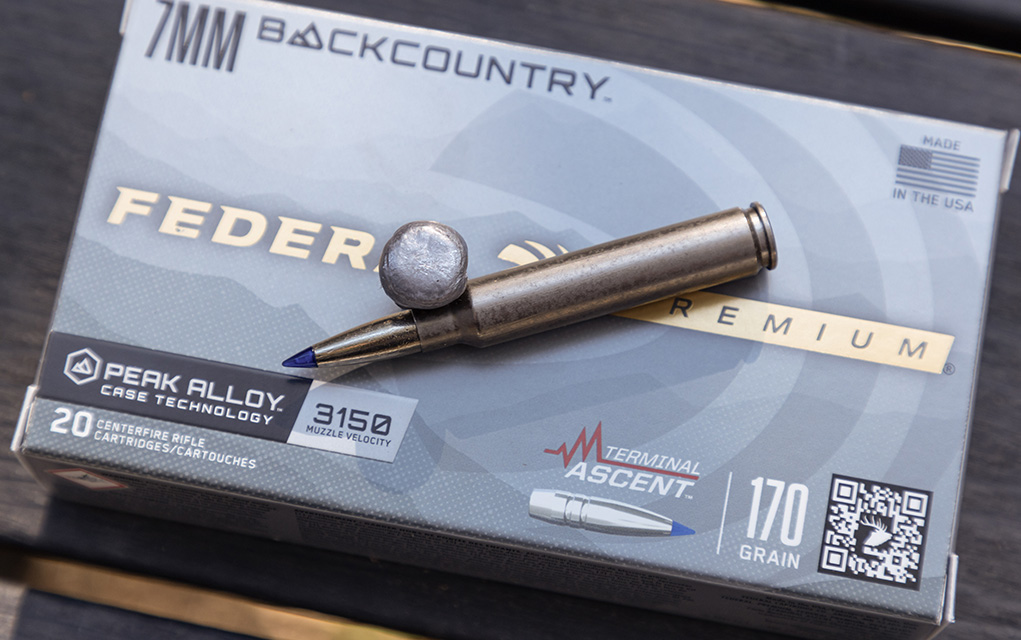

Initially, Federal is offering five loads for the 7mm Backcountry. In addition to the 170-grain Terminal Ascent, they’re offering a 175-grain Tipped Fusion load with a BC of 0.575 and a 20-inch barrel velocity of 2,975 fps. There’s also a 195-grain Berger Elite Hunter bullet with a BC of 0.755 and a 20-inch barrel velocity of 2,850 fps.
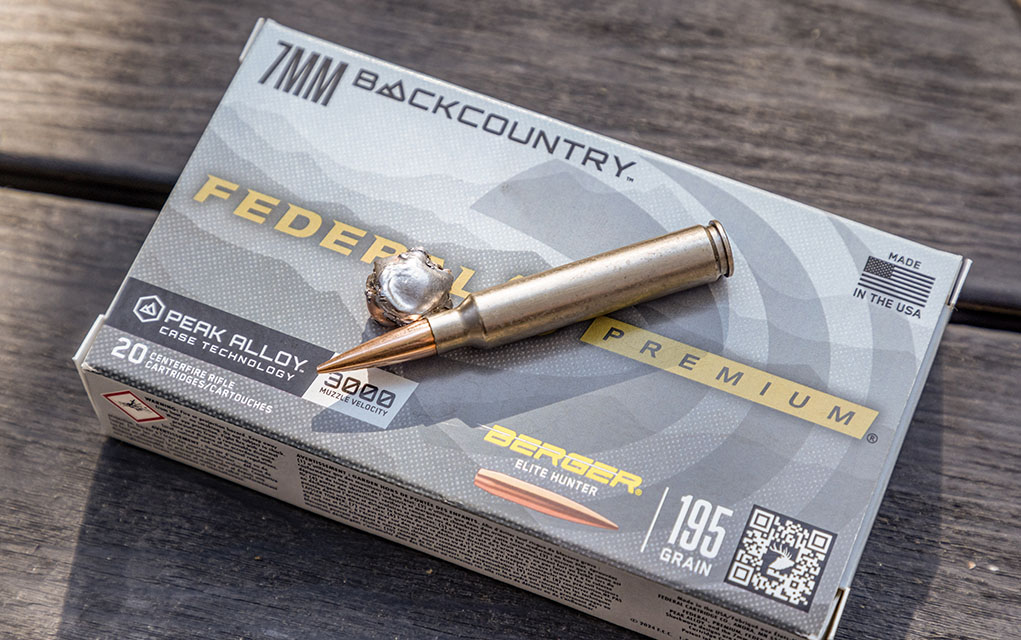

If you like mono-metal bullets, there’s also a 168-grain Barnes LRX bullet with a BC of 0.513 and a 20-inch barrel velocity of 3,000 fps. And if you have a need for speed, Federal’s 155-grain Terminal Ascent load has a BC of 0.586 and a 20-inch barrel velocity of 3,150 fps.
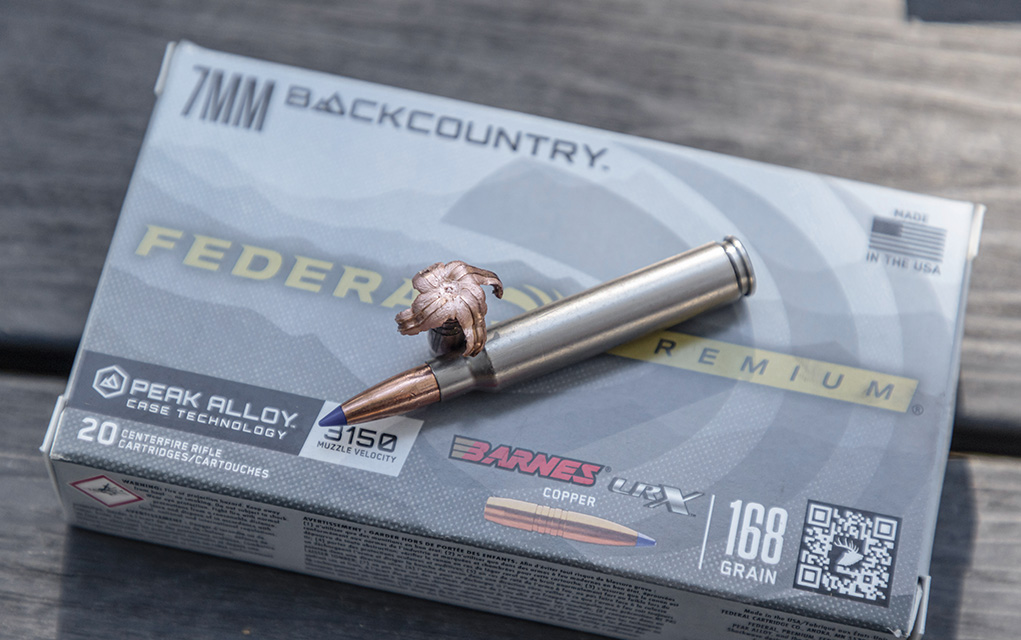

To see how these loads compare to other long-range hunting cartridges, just plug the data into your ballistics calculator. Retail price per box of 20 will range from $55 to $82.
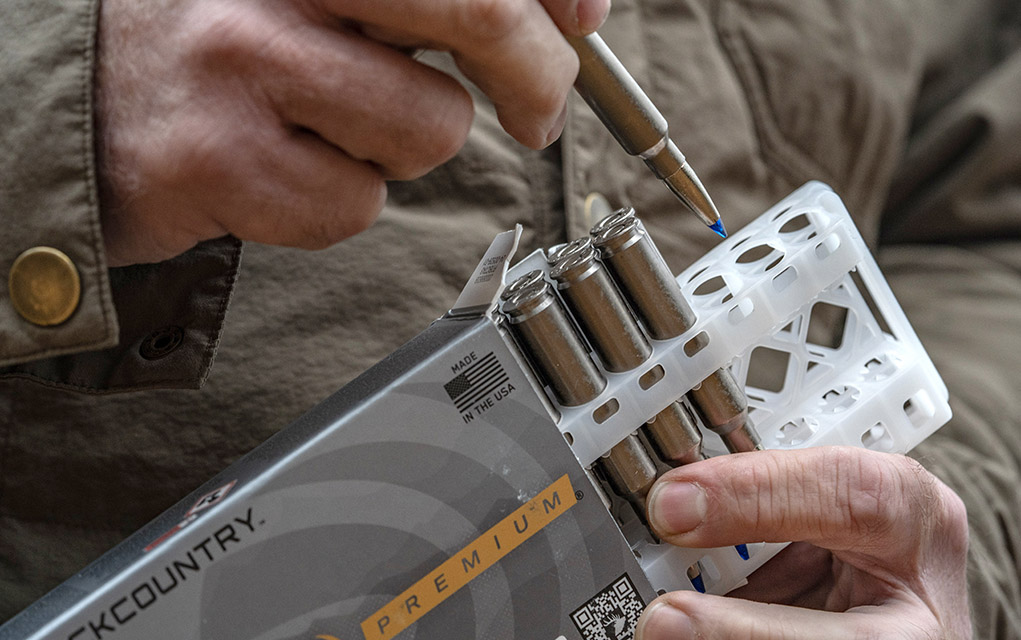

Testing the Technology
Federal also conducted terminal performance testing during my visit. They placed blocks of Clear Ballistics down range at 100 yards, and then shot them with four of the five loads they’ll be offering. Though this cartridge is purpose built for shots at much longer distances, it’s good to know the bullets they’re loading will stand up to close-range impact. Terminal performance data is shown in the accompanying table.
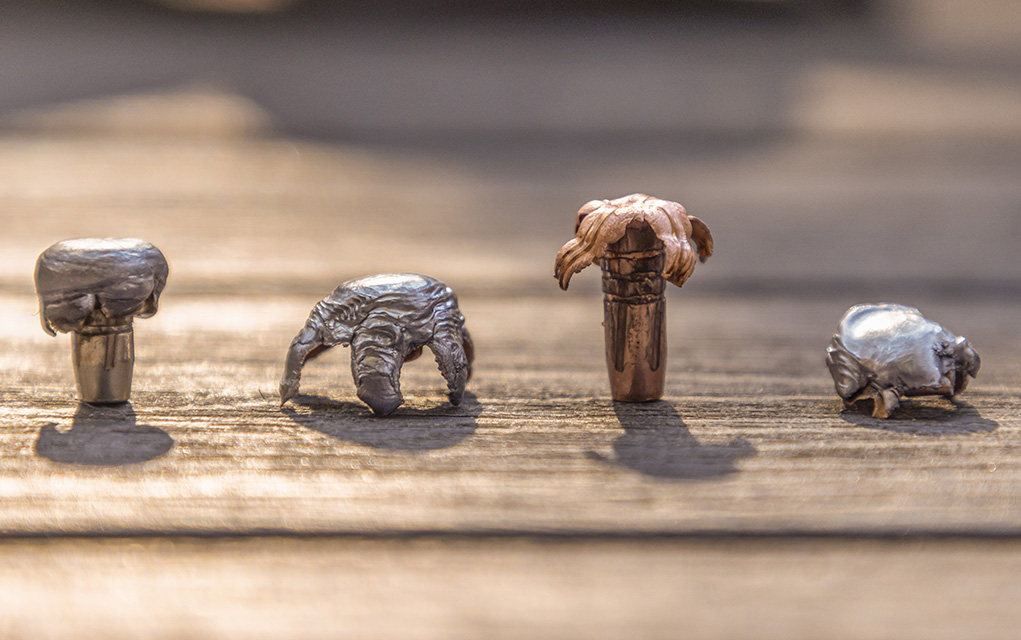

While at Federal, I also got to shoot a wide variety of rifles from several different manufacturers that’ll be chambering the 7mm Backcountry: Christensen Arms, Weatherby, Proof, Horizon Firearms and Seekins Precision.
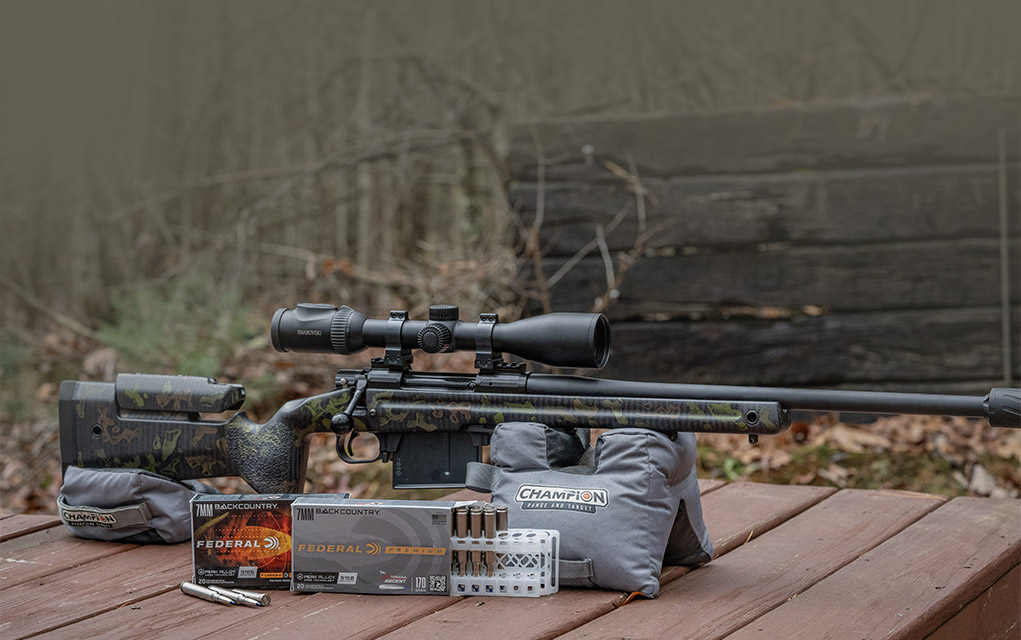

One of the rifles that caught my eye was the new King Hunter from Geissele. They loaned me a prototype to use so I could continue evaluating the 7mm Backcountry, and Federal provided some pre-production samples of the 170-grain Terminal Ascent and 175-grain Tipped Fusion load.
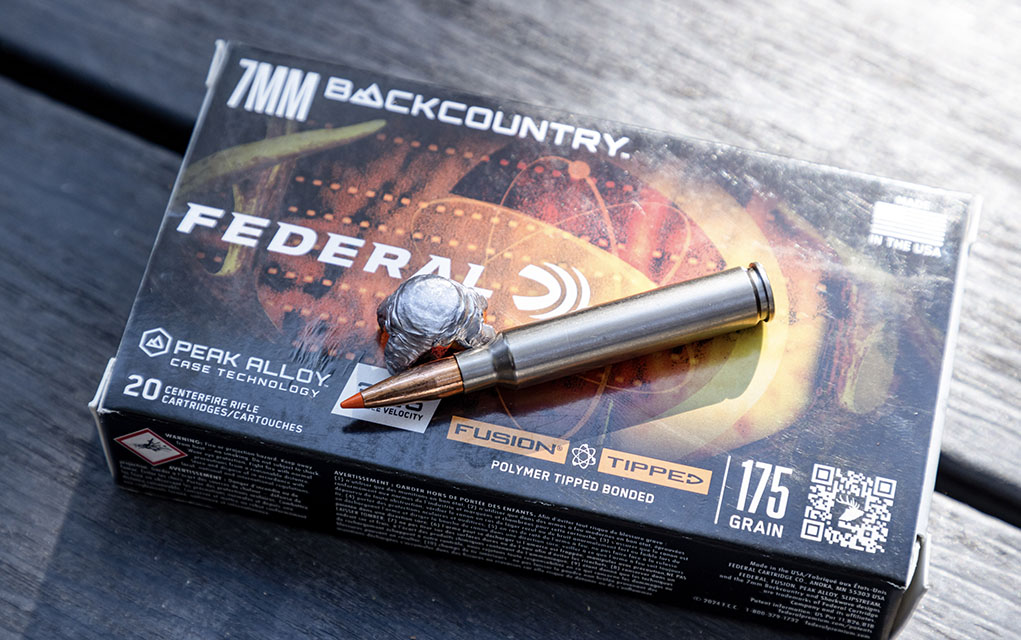

Out of the King Hunter’s 20-inch barrel, the Terminal Ascent load registered 3,120 fps and the Fusion load 3,105 fps. This is well above Federal’s advertised velocities, and both loads also turned in respectable precision for five, five-shot groups.
As for recoil, the 7mm Backcountry has a snappy jump, there’s no getting around Newton’s third law. I’d rate it as very similar to a 7mm PRC.
7mm Backcountry External Ballistics Test Results
| LOAD | MV (FPS) | ME (FT-LB) | PEN (Inches) | RD (Inches) | RW (Grains) |
| Barnes 168-grain LRX | 3,000 | 3,357 | 32.0 | 0.71 | 167 |
| Federal 170-grain Terminal Ascent | 3,000 | 3,397 | 30.0 | 0.58 | 168 |
| Fusion 175-grain Tipped | 2,975 | 3,439 | 17.5 | 0.86 | 157 |
| Berger 195-grain Elite Hunter | 2,850 | 3,517 | 17.5 | 0.66 | 101 |
More to Come?
You must admit this is all quite exciting, but at the same time you might have no interest in long-range hunting or owning the fastest 7mm cartridge on the planet. That’s fine, but don’t overlook what I consider the real story here. Federal can apply this Peak Alloy case technology to other cartridges.
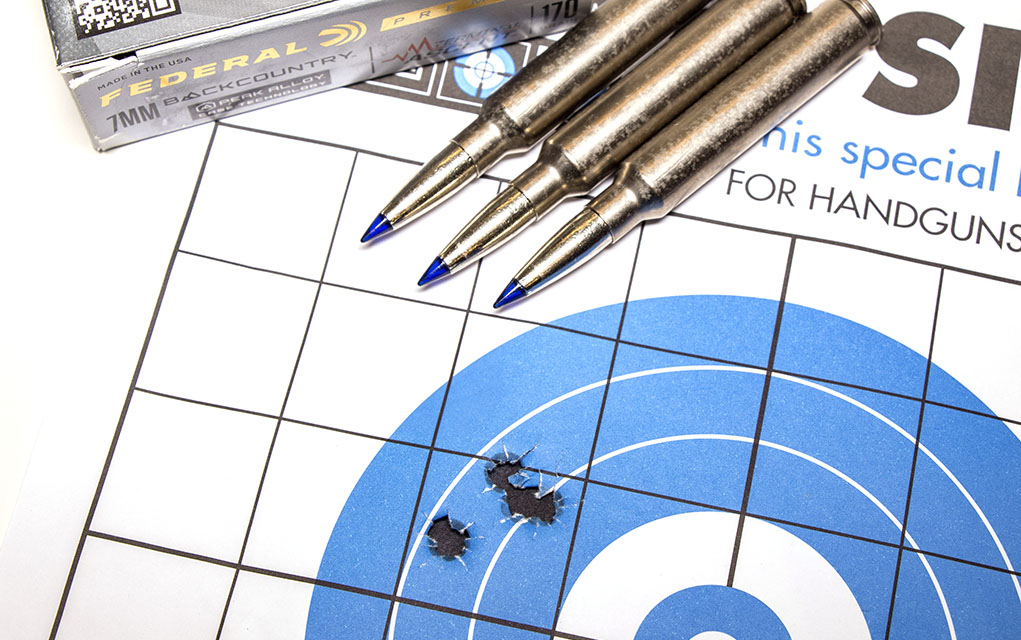

Now, they cannot start offering .308 Winchester ammunition loaded in Peak Alloy cases at 80,000 psi, because it wouldn’t fall within the standards approved by the Sporting Arms and Ammunition Manufacturer’s Institute (SAAMI) that regulates American-made ammunition. But Federal can introduce other new cartridges in different calibers to take advantage of the increased performance this new case technology offers.
While at Federal, I got to shoot some 5.56 NATO ammo—the 5.56 NATO isn’t a SAAMI-approved cartridge—loaded in Peak Alloy cases. When compared to standard 5.56 NATO ammo loaded with the same bullet, the loads using Peak Alloy cases were 300-fps faster.
I immediately suggested Federal legitimize the 2Fity-Hillbilly—.25 Creedmoor—cartridge I wildcatted some years back with the Peak Alloy cases. It would be a Creedmoor killer for sure. I doubt they’ll take my advice, but I know they have some secrets they’re not sharing. Just imagine the possibilities and what the future holds for shooters at 80,000 psi.
Editor’s Note: This article originally appeared in the February 2025 issue of Gun Digest the Magazine.
More On Rifle Ammo:


Next Step: Get your FREE Printable Target Pack
Enhance your shooting precision with our 62 MOA Targets, perfect for rifles and handguns. Crafted in collaboration with Storm Tactical for accuracy and versatility.
Subscribe to the Gun Digest email newsletter and get your downloadable target pack sent straight to your inbox. Stay updated with the latest firearms info in the industry.
Read the full article here



Leave a Reply